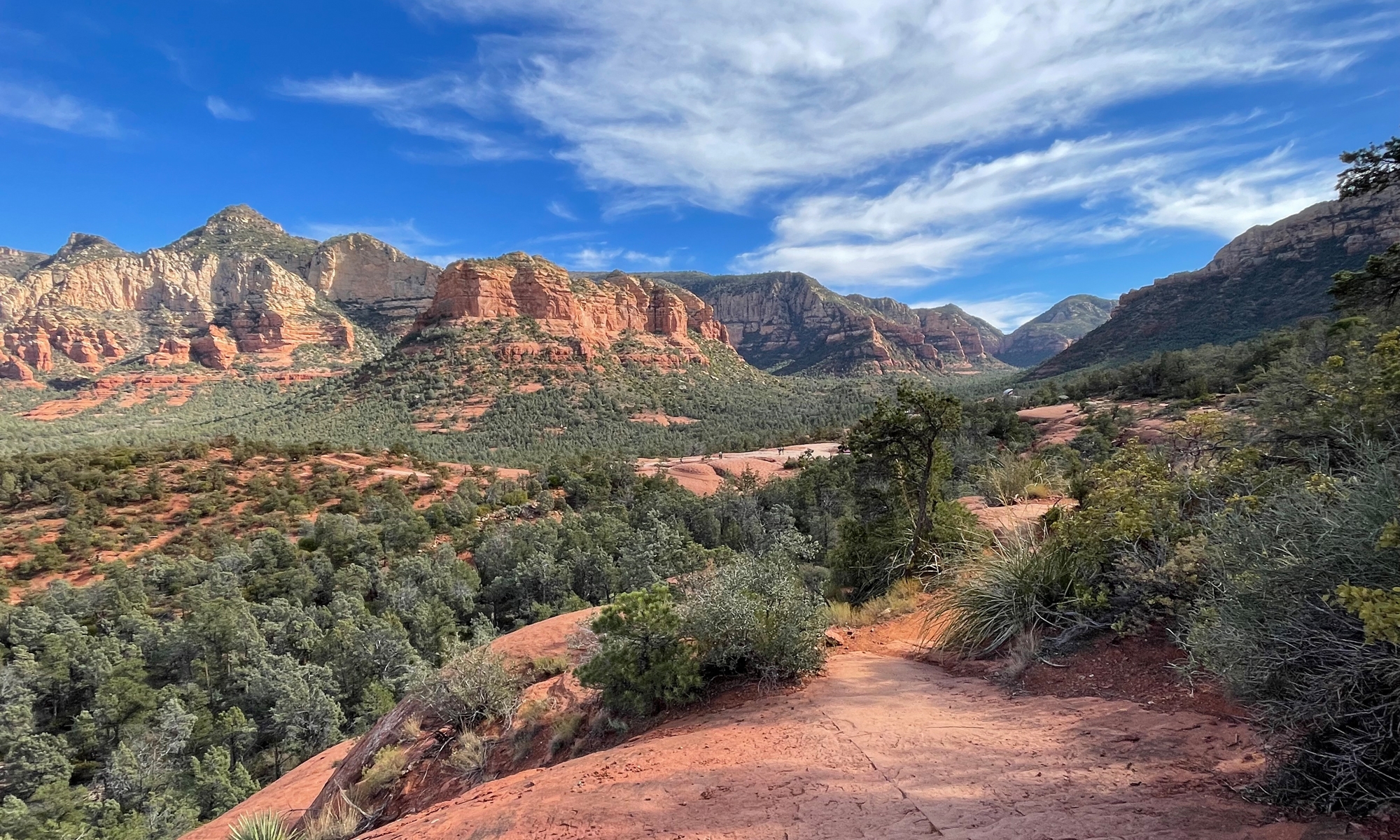I bought some flowers yesterday that needed to be planted. In an attempt to beat the heat, I decided to get an early start. I went out to the shed at about 7:00 this morning to get some pots. That’s when I noticed what I thought was a mud wasp nest on the shed.
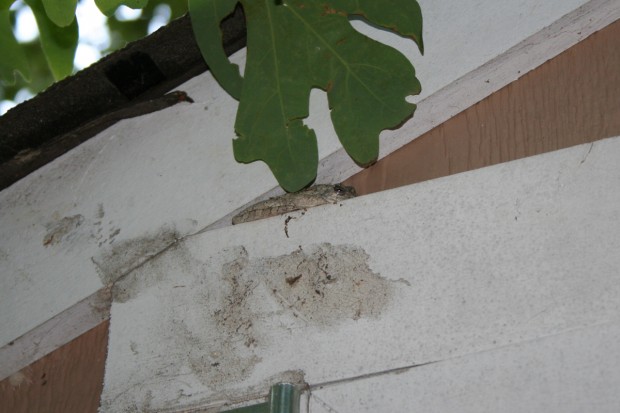
See it there by the lowest tip of the leaf?
Upon closer inspection, I realized the dark spot was an eyeball! I thought for a second that it was a small snake. Then I looked more closely and discovered much to my surprise and delight that it was a Gray Tree Frog.
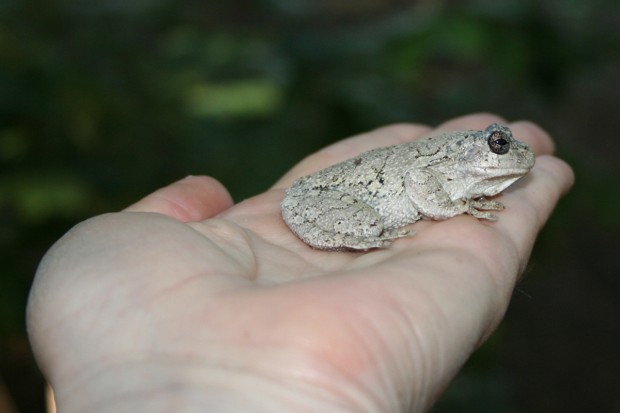
I couldn’t just leave him there. I LOVE tree frogs. They are very cool and VERY hard to find. (I took this shot with a flash as I was back in the woods. That’s why he looks so pale. Although he was sitting on white wood, so he may have made himself pale on purpose.)
I knew as soon as I picked him up that it was a big one. What I didn’t know, until I started looking for a link to support this post is that it was very likely a record-sized Gray Tree Frog.
They are typically only 1.25 to 2 inches in size. The record size for a Gray Tree Frog in Maryland is 2.375 inches. This guy was at least that big. Maybe even a little bit longer.
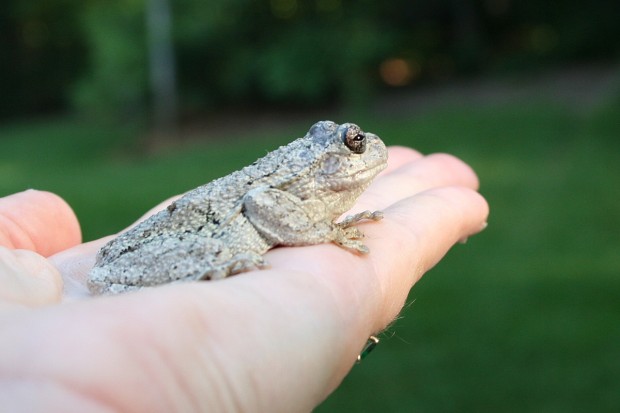
I don’t know if it was a male or female. I’m just guessing male. Although in some frogs, females tend to be bigger than the males.
The coolest things about Gray Tree Frogs is their very docile nature. I had no problem picking this guy up. He just looked around as I carried him on my open palm toward the house.
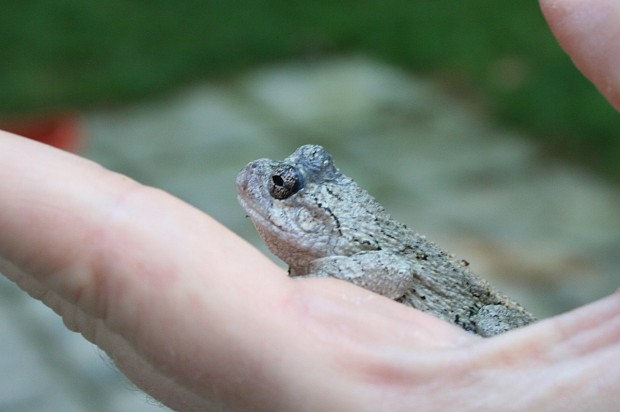
I did hold my other hand over him as I carried him into the house (I had to show Hubby!). That was mainly to protect him if he decided to hop out of my hand. He never once tried to escape.
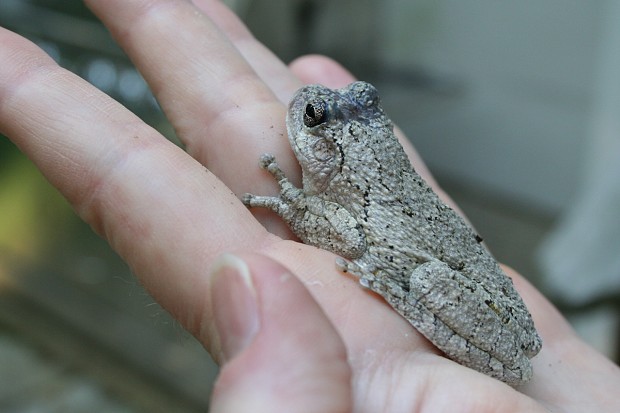
If you click on any of these images, a larger version will open up. See the little round things at the end of his toes? That’s his toe pads (how he climbs trees and stuff).
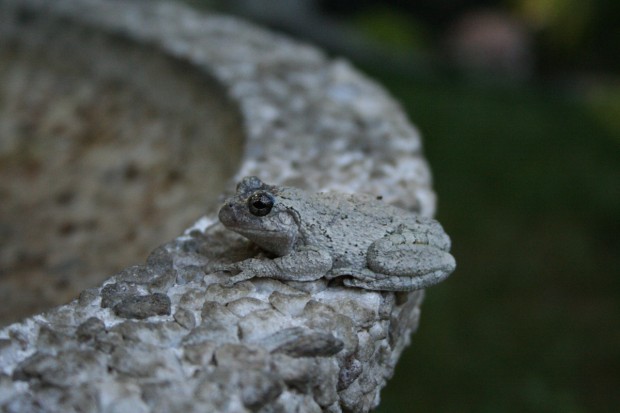
According to the Maryland Department of Natural Resources’ (DNR) web site, “Their coloration is normally grey or green, but is highly variable as they can change color depending on temperature, activities, mood and environment.” This is why they are so hard to find. They blend in REALLY well. And they’re nocturnal, so they normally only come out at night (I think I dragged this guy or gal out of bed).
I had flowers to plant, so I sat the frog on the edge of the birdbath. Look how he almost disappears thanks to his camoflague.
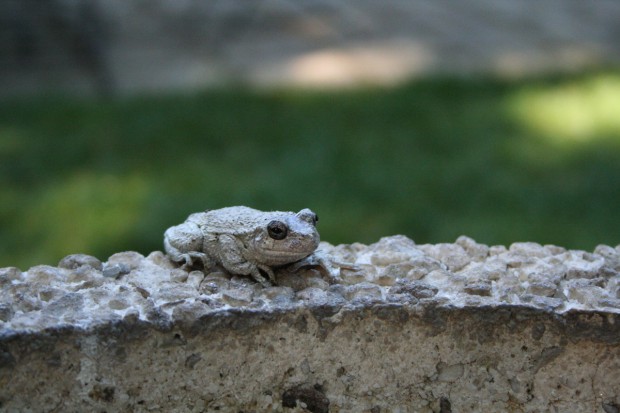
Yes, I took a lot of pictures. But one doesn’t get this opportunity often. The last time I saw a frog like this in the wild was about 10 years ago. And that isn’t because I haven’t looked. (I like that last image enough, I decided to post it here as FREE WALLPAPER. Feel free to download a copy for your own desktop if you like.)
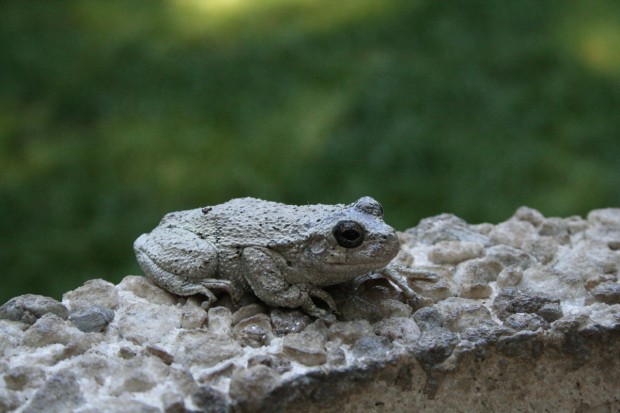
The frog stayed on the birdbath for about an hour. It moved around a bit, but pretty much stayed there watching me. I was planting a few flowers in the small bed that surrounds the birdbath.
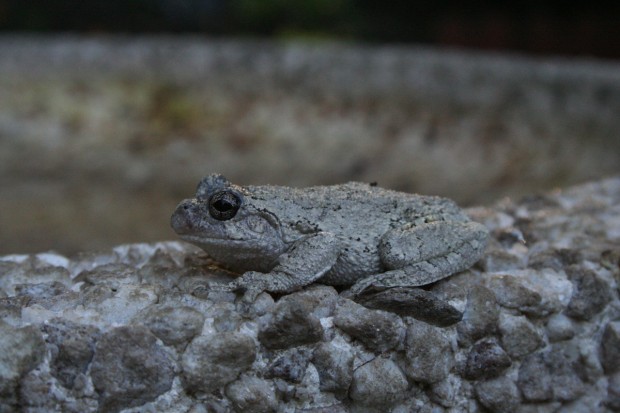
The longer he sat on the birdbath, the more I think his color was changing so he’d blend in better.
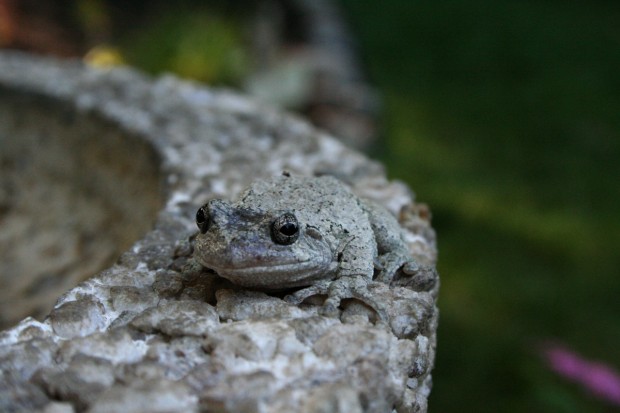
You can really see his toe pads well in that shot. He may even be smiling. And I didn’t even tell him to say “cheese.” Must be that ToadMama aura.
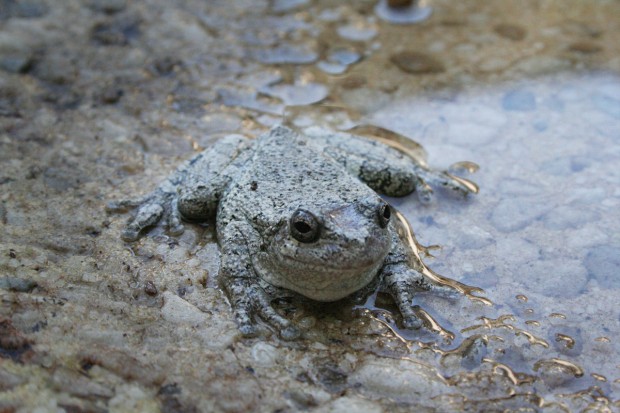
He’s definitely smiling in this picture. (I posted a large version of this one as FREE WALLPAPER, too. Feel free to download a copy for your own desktop if you like.)
Sorry to inundate you with frog pictures, but to a gal like me, this is an event. It doesn’t take a lot to amuse me…
There are lots of frogs like this out there, they’re just very hard to see. So how do I know that they are there? Because I can hear them.You know all those noises you hear at night that you assumed were insects? Quite a few of those noises are frogs (including toads, a very vocal group). Here’s what a GRAY TREE FROG sounds like. And here’s a COPE’S GRAY TREE FROG. These are only two of the nine different species of tree frog found in Maryland. You can learn more by following this Maryland DNR link.
I’ll try not to be so National Geographic-like with my next post.
